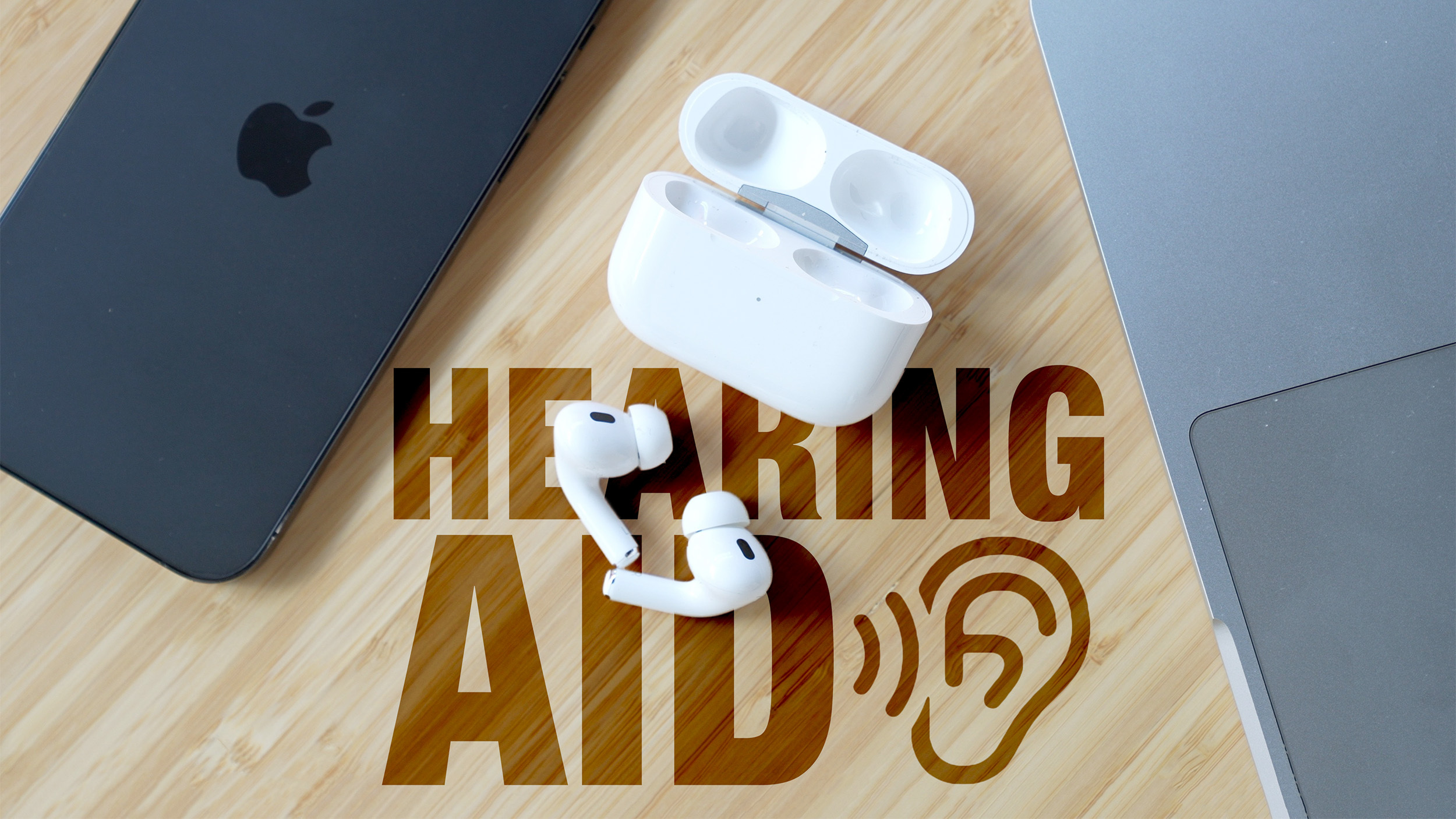AirPods Pro 2 Hearing Aid and Hearing Test Features Expand to New Countries
AirPods Pro 2: Expanded Hearing Test and Hearing Aid Features
Apple continues to enhance the accessibility features of its AirPods Pro 2. The built-in hearing test and hearing aid functionality is now available in a wider range of countries across Europe, Asia, and South America. This expansion brings improved hearing support to a significantly larger user base.

Countries with Newly Added Hearing Test Functionality
The convenient hearing test feature, integrated directly into the AirPods Pro 2, is now available in the following countries:
- Argentina
- Ecuador
- Honduras
- Indonesia
- Israel
- Kazakhstan
- Moldova
- Palestinian Territories
- Serbia
- Taiwan
- Thailand
- Ukraine
- Vietnam
How the AirPods Pro 2 Hearing Test Works
Conducting the hearing test is straightforward. Simply connect your AirPods Pro 2 to an iPhone running iOS 18.1 or later, or an iPad running iPadOS 18.1 or later. The test itself mimics a standard hearing test you might receive from an audiologist.
The test plays tones at different frequencies and volumes in each ear. You'll tap your iPhone's screen whenever you hear a sound. The test covers four key frequencies: 500Hz, 1kHz, 2kHz, and 4kHz. Your results are categorized based on decibels hearing level (dBHL):
- 0-25 dBHL: Little to no hearing loss
- 26-40 dBHL: Mild hearing loss
- 41-60 dBHL: Moderate hearing loss
- 61-80 dBHL: Severe hearing loss
- Above 80 dBHL: Profound hearing loss
It's crucial to remember that this test provides a preliminary indication of your hearing. For a comprehensive assessment and personalized hearing care plan, always consult a qualified audiologist.
Expansion of AirPods Pro 2 Hearing Aid Functionality
For users with mild to moderate hearing loss, the test results may trigger an option to activate the AirPods Pro 2's Hearing Aid feature. This feature is now available in these additional locations:
- Cyprus
- Ecuador
- Honduras
- Indonesia
- Israel
- Kazakhstan
- Moldova
- Palestinian Territories
- Serbia
- Taiwan
- Thailand
- Ukraine
- Vietnam
It's important to note some regional differences. While Argentina now offers the hearing test, the Hearing Aid feature is not yet supported. Cyprus already had the hearing test available. In all other countries listed above, both the hearing test and hearing aid functionalities are newly introduced.
How the AirPods Pro 2 Hearing Aid Works
Once enabled, the AirPods Pro 2 Hearing Aid feature utilizes the data from your hearing test to intelligently amplify the frequencies where your hearing is weaker. This personalized amplification helps to improve your ability to hear voices and other sounds more clearly in everyday conversations and environments.
Apple also incorporates a "Media Assist" option. This feature automatically adjusts the sound of your music, videos, and phone calls based on your hearing test results, ensuring a more balanced and enjoyable listening experience.
Global Reach of Apple's Hearing Health Features
Apple's commitment to hearing health is evident in the global reach of these features. The Hearing Test and Hearing Aid functionalities, combined, are now accessible in over 150 countries worldwide. You can find a complete list of supported countries on Apple's website.
Conclusion
The expansion of AirPods Pro 2's hearing test and hearing aid features represents a significant step towards improving accessibility for millions of users globally. This innovative technology seamlessly integrates hearing support into a familiar device, potentially making a tangible difference in the lives of individuals experiencing hearing loss. While this technology offers assistance, remember to consult an audiologist for professional diagnosis and treatment for any hearing concerns.
This article, "AirPods Pro 2 Hearing Aid and Hearing Test Features Expand to New Countries" first appeared on MacRumors.com
Discuss this article in our forums
from MacRumors
-via DynaSage

